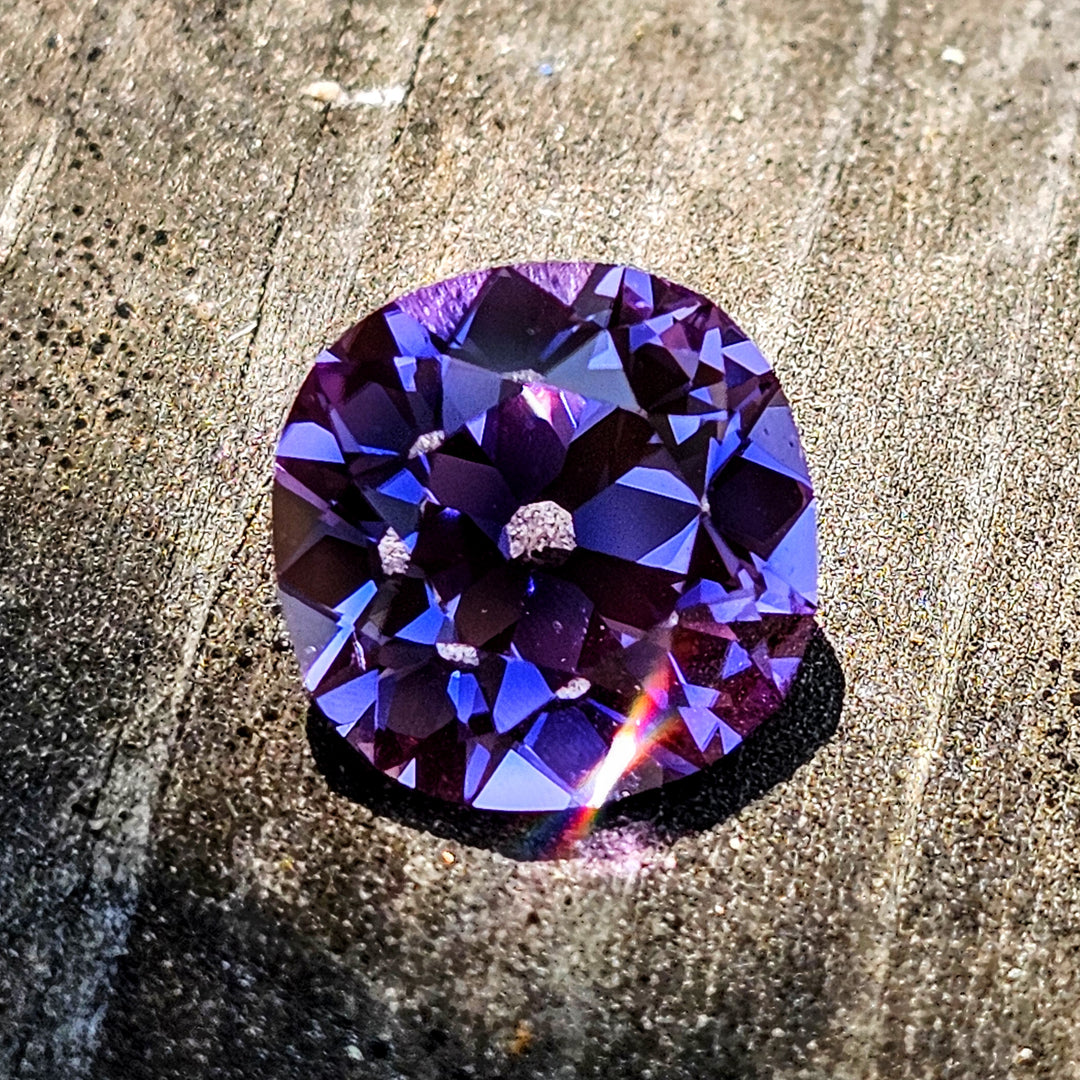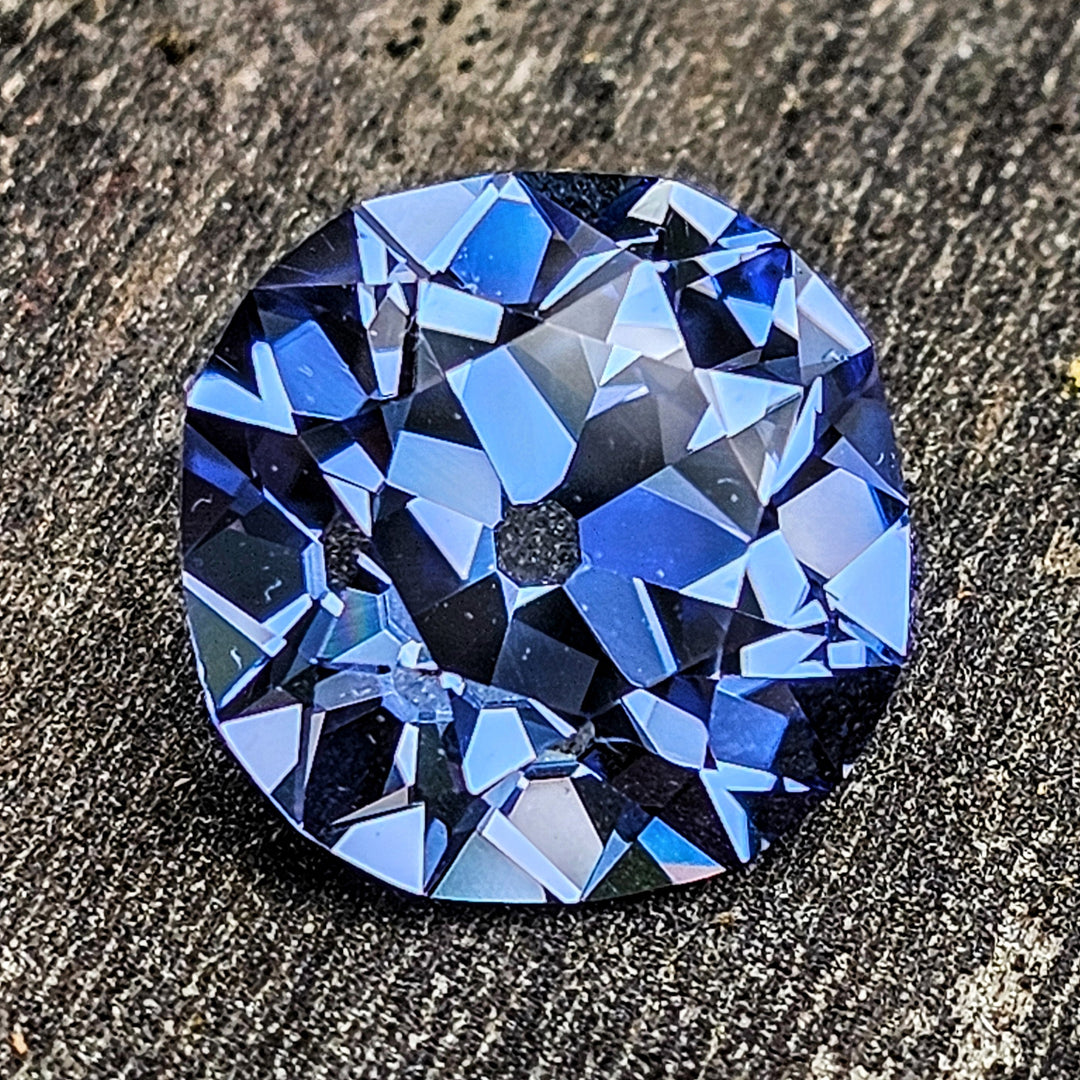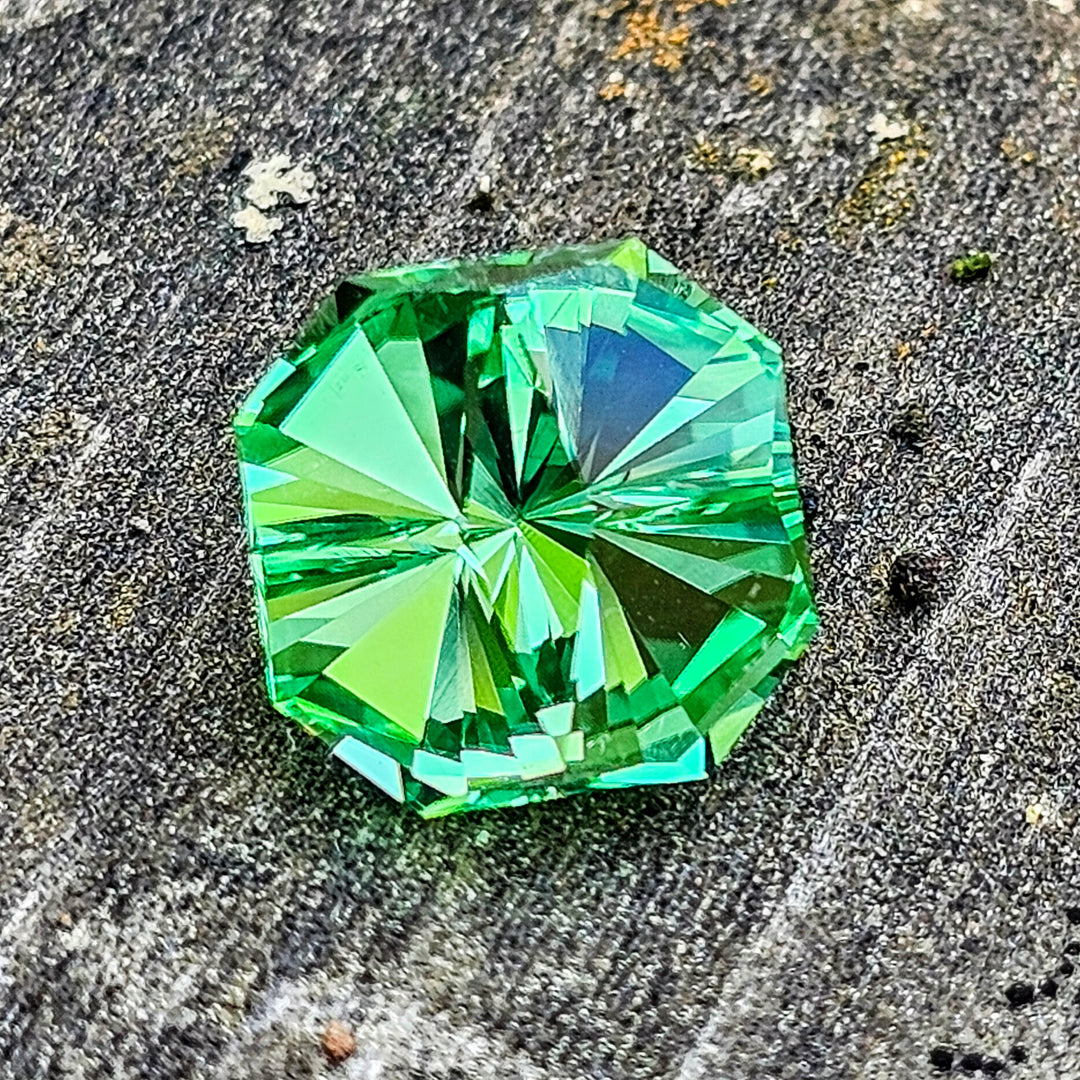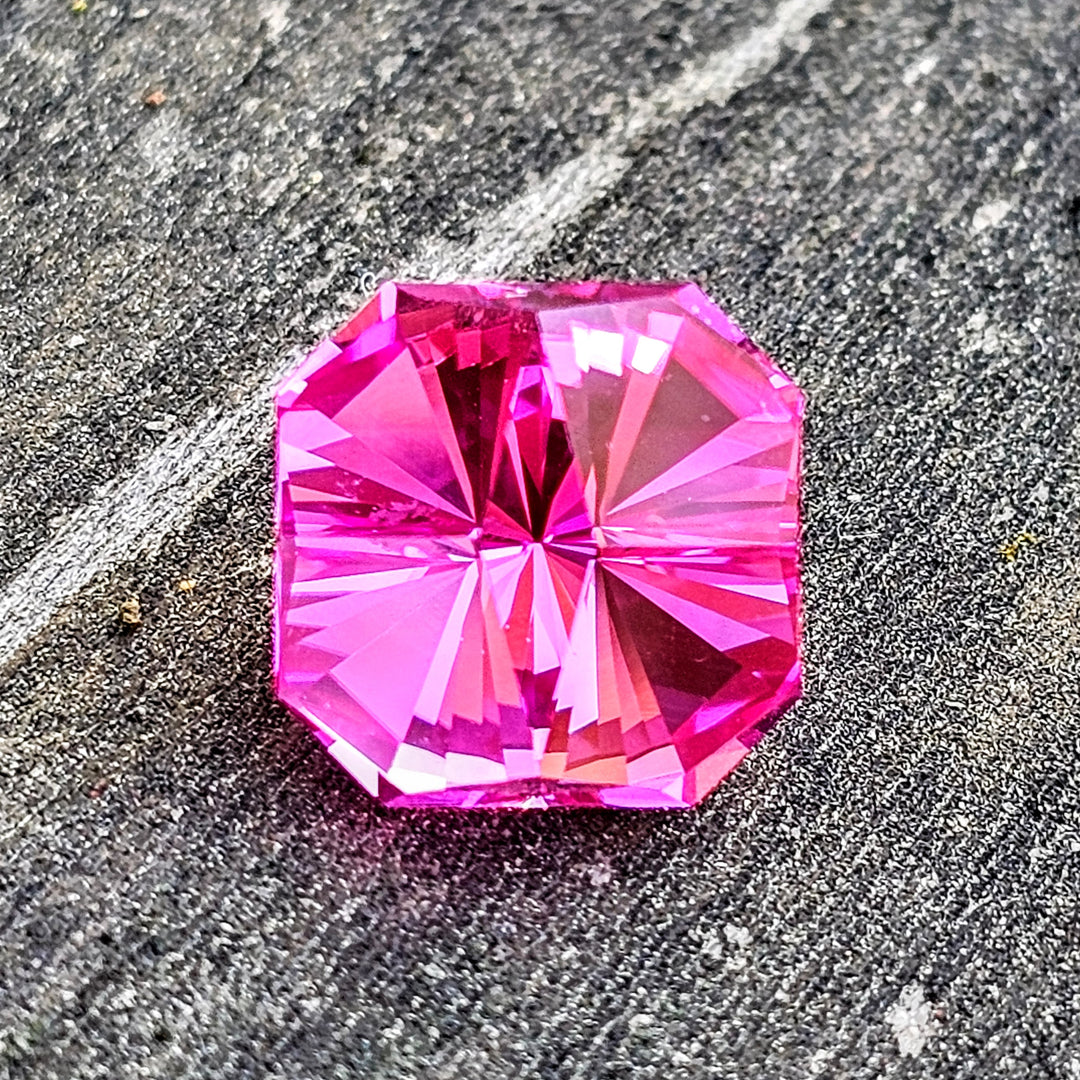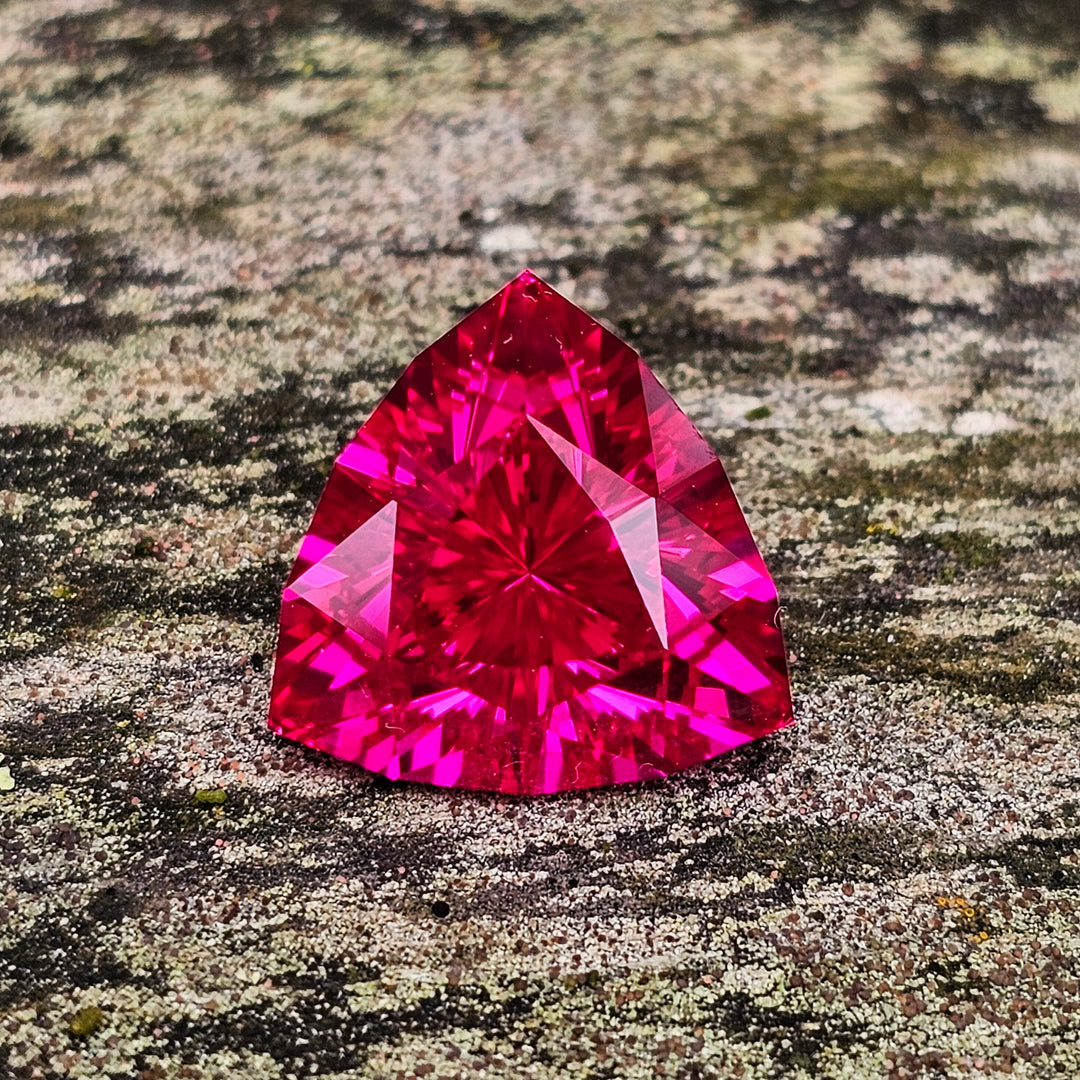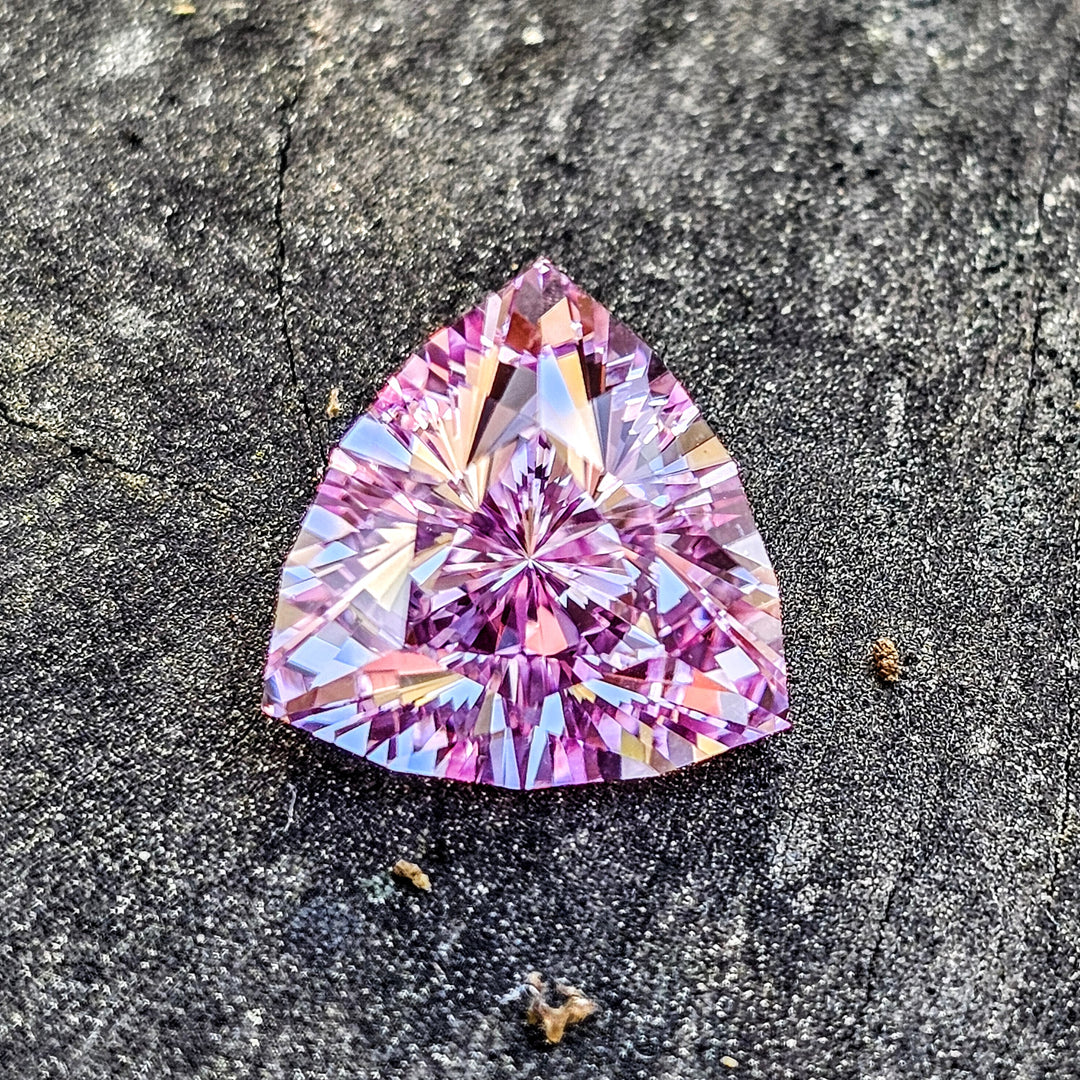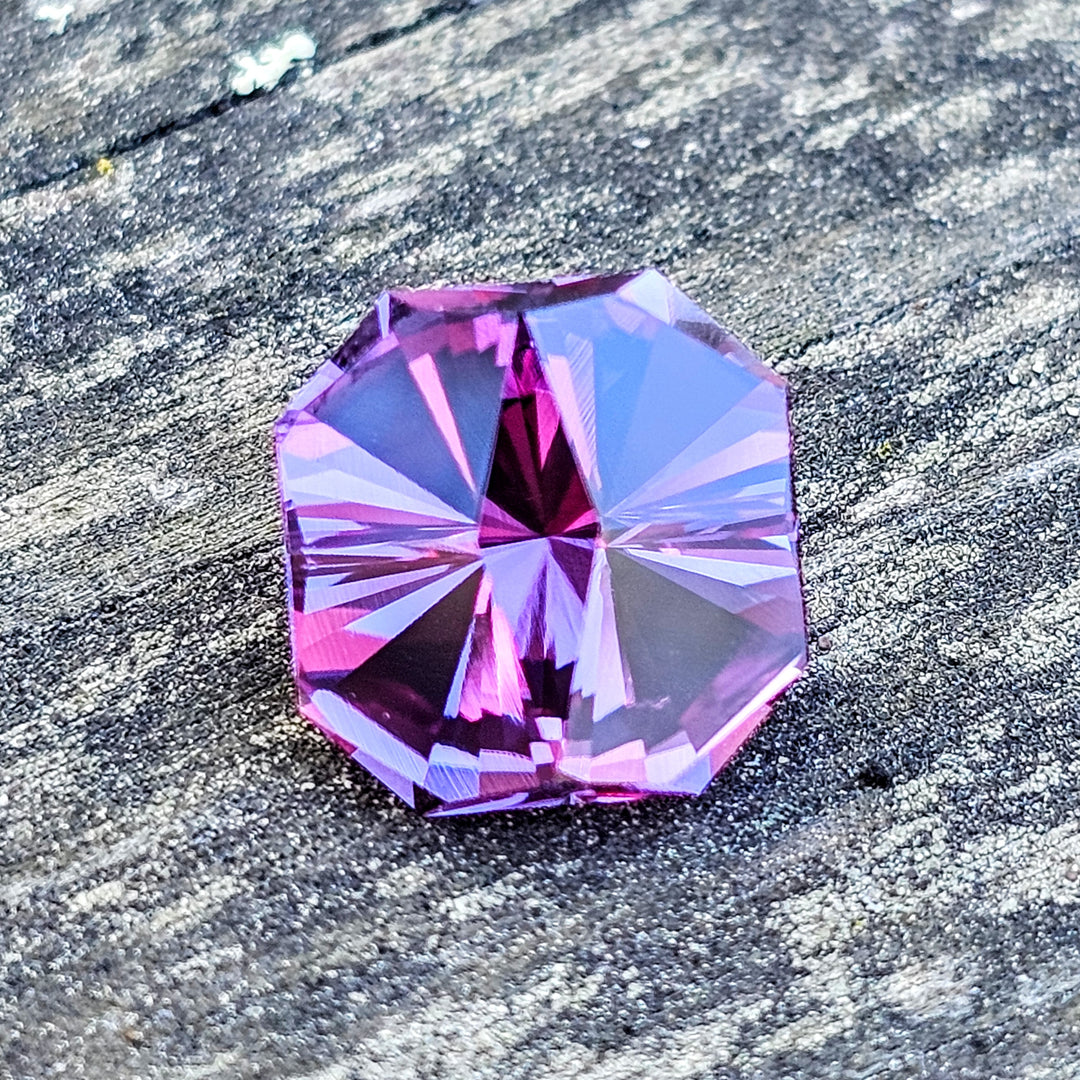Sapphire gemstones have been held in high esteem throughout history, celebrated for their striking beauty and rich symbolism. Revered since ancient times, sapphires have been associated with divine favor, wisdom, and protection. In various cultures, they were believed to possess heavenly qualities, often linked to the sky due to their vibrant blue color. Ancient Persians, for instance, thought the earth rested on a giant sapphire and its reflection colored the sky. In the Middle Ages, sapphires were cherished by royalty and clergy alike, symbolizing nobility, truth, and faithfulness. They often adorned royal regalia and ecclesiastical rings. Moreover, sapphires were believed to protect their wearers from envy and harm, making them popular amulets among medieval monarchs. In addition to their decorative use, sapphires have also played a role in technological advancements; their exceptional hardness makes them valuable in various industrial applications. The enduring allure and significance of sapphires across different eras and cultures underscore their status as one of history's most treasured gemstones.
Laboratory-grown sapphires are exceptionally hard gemstones, boasting a Mohs hardness rating of 9, and are available in a wide range of vivid colors. Our extensive collection includes Djeva and Czochralski-grown sapphires, as well as rare hues such as green, teal, and aqua.
Sapphires exhibit dichroism, meaning they have two distinct color axes, known as the A and C axes. Depending on how they are cut, their appearance can vary significantly. Cutting along the A axis can result in a gemstone with two different color zones, while cutting along the C axis typically yields a more uniformly colored stone. In our practice, we usually cut blue and green sapphires along the C axis to enhance their uniformity in color. For other colors, the cutting axis is chosen based on the specific use or application of the gemstone.
































